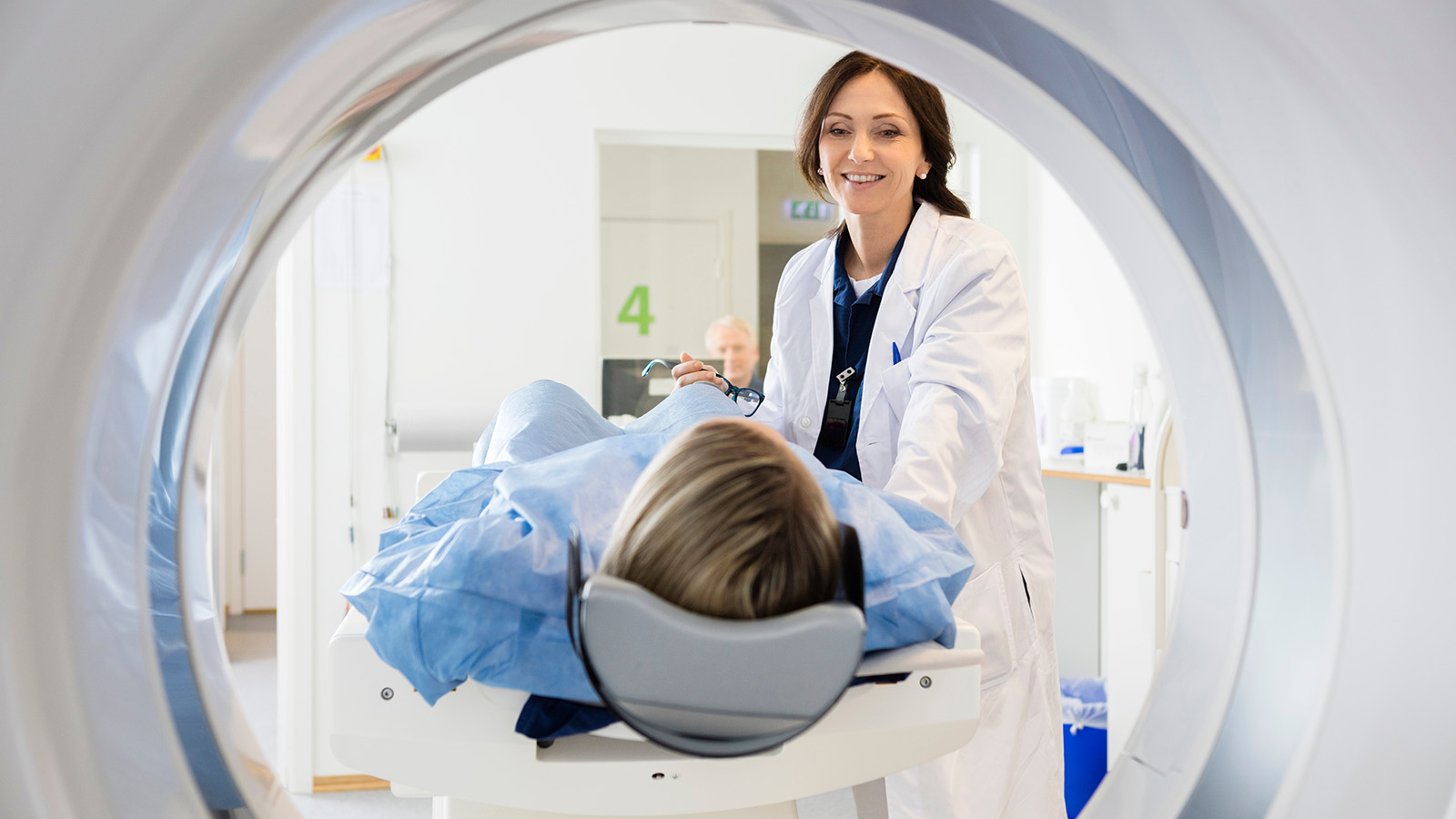The basics of Hodgkin lymphoma

Hodgkin lymphoma is a rare cancer that starts from a certain type of white blood cell called a lymphocyte. Lymphocytes are an important part of the immune system. They help fight infection and some diseases.
Hodgkin lymphoma develops in the lymph system. The lymph system includes lymph vessels (like blood vessels but for lymph fluid), lymph nodes, and organs like the spleen. The lymph system helps clean germs out of the body. It’s mostly made up of two kinds of lymphocytes – T-lymphocytes and B-lymphocytes (also called T-cells and B-cells). Hodgkin lymphoma almost always starts in the B-cells. With Hodgkin lymphoma, these B-cells change to become abnormal and grow out of control.
The doctor looks at these cells under a microscope. If they see a certain kind of cell called a Reed-Sternberg cell, it is a sign of Hodgkin lymphoma. This is important because it helps the doctor tell if someone has Hodgkin lymphoma or non-Hodgkin lymphoma.
Symptoms you may have
If you have Hodgkin lymphoma, you may not have any symptoms at first. Over time, you may have painless lumps or bumps under the skin, usually in the neck, armpit, or chest. These are swollen lymph nodes. Remember, people can get swollen lymph nodes for other reasons, so swollen lymph nodes don’t always mean you have Hodgkin lymphoma.
You may also have other symptoms like:
- Fever
- Sweating a lot at night
- Losing weight fast and without trying
- Itching a lot
- Feeling very tired
- Higher sensitivity to the effects of alcohol or pain in your lymph nodes after drinking alcohol
It is important to get checked out by your doctor if you have any of these symptoms.
Tests your doctor may run
To diagnose Hodgkin lymphoma, your doctor may order:
- A biopsy of the lymph node. A biopsy is the only way to tell for sure if a person has Hodgkin lymphoma. The doctor will take out a lymph node (sometimes part of other tissue, too) to check for cancer cells. A biopsy is usually done in the hospital with local anesthesia. This means the area around the node is numbed. Sometimes medication is given to make the person sleepy during the biopsy.
- Blood tests.
- Chest X-ray. This is done to see if there are swollen lymph nodes in the chest.
- CT scan, MRI or PET scan*. One or more of these scans may be ordered to see if you have swollen lymph nodes anywhere else in your body.
- Bone marrow biopsy. This checks if the cancer has spread to the bone marrow. A doctor will numb the area and put a needle into a bone (often a hip bone) to take out a sample. Sometimes medication is given to make the person sleepy during the biopsy.
Stages of Hodgkin lymphoma
After the test results comes back, the doctor can tell how far the cancer has spread – or what stage the cancer is in. The stages are:
- Stage I. Hodgkin lymphoma cells are found in just one lymph node or a group of nodes right near each other. It can also be stage one if Hodgkin lymphoma cells are found in one place outside the lymph nodes but close by.
- Stage II. Hodgkin lymphoma cells are found in two or more lymph nodes or lymph node groups, but they are on one side (the same side) of the diaphragm. The diaphragm is the thin muscle that is between the lungs and heart (the chest) and the stomach (abdomen). It can also be Stage II if Hodgkin lymphoma cells are found in a nearby organ on the same side.
- Stage III. Hodgkin lymphoma cells are found on both sides of the diaphragm. In stage III, the person may also have other organ involvement.
- Stage IV. Hodgkin lymphoma cells have spread throughout more parts of the body.
Your treatment options
Treatment will depend on which stage the cancer is in. Treatment will often include some type of chemotherapy (medications that fight cancer) and radiation. In some cases, a stem cell transplant is an option. Also, there are drugs called monoclonal antibodies that may be given by themselves or with chemotherapy that helps the immune system fight cancer. These treatments have possible side effects. They can vary based on which treatment you receive. These side effects can also vary from person to person. Tell your doctor about any side effects that you experience.
You can play an active role in your treatment by learning more about Hodgkin lymphoma. This is an important part of successfully treating and managing your condition.
We’re here to help
Your CVS Specialty® CareTeam is always available to answer your questions. They can also help you manage side effects and help you feel your best. If you want to learn more about your condition or treatment, talk to your doctor or contact your CareTeam.
This information is not a substitute for medical advice or treatment. Talk to your doctor or health care provider about your medical condition and prior to starting any new treatment. CVS Specialty assumes no liability whatsoever for the information provided or for any diagnosis or treatment made as a result, nor is it responsible for the reliability of the content.
Your privacy is important to us. Our employees are trained regarding the appropriate way to handle your private health information.
